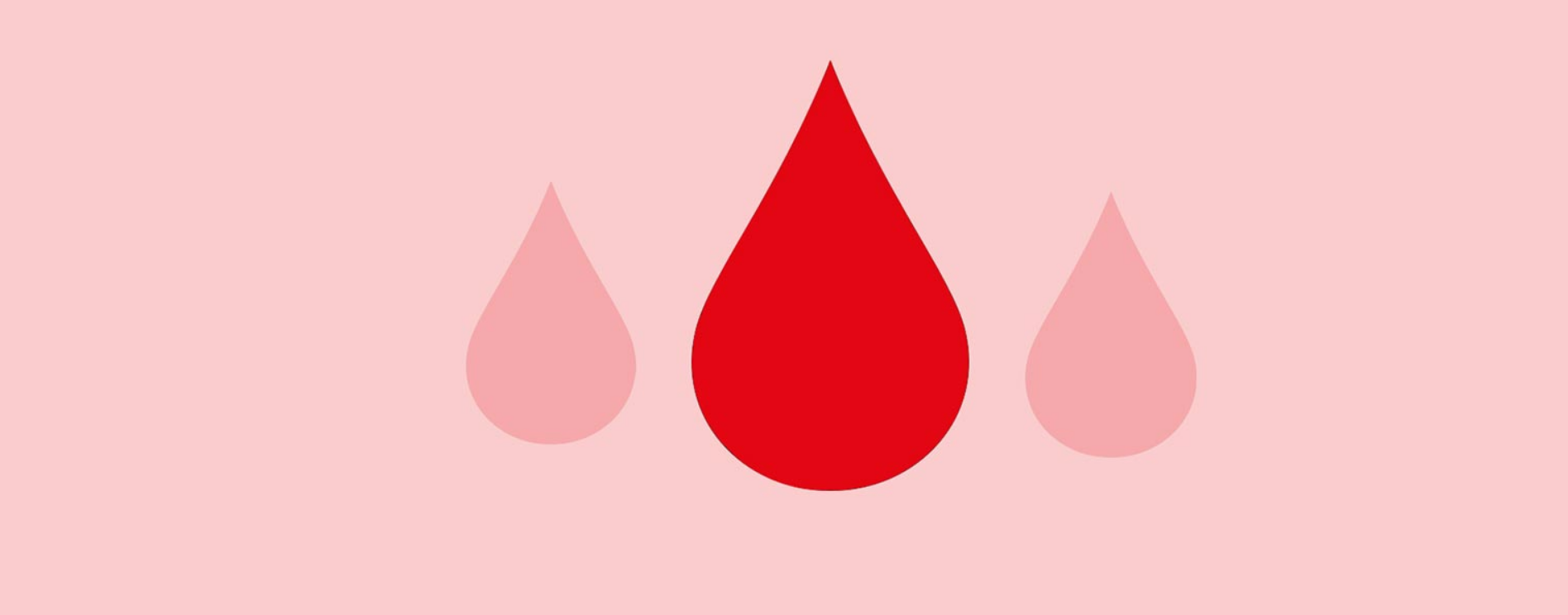
Menstruation is not just a bleeding with the purpose to complicate our lives every month. It is a sign of a woman’s fertility and an expression of health.
The cycle begins with the first day of menstruation and ends with the day before the onset of the next menstruation. During menstruation, which is also called the period, the mucous membrane of the uterus built up during the previous cycle is shed.
It is a hormone withdrawal bleeding because the progesterone level drops in the case of a non-existent fertilized egg and triggers the bleeding.
A reversal of hormones manifests itself in many women through complaints such as cramps or general malaise. Prostaglandins are usually responsible for strong cramps. They are used for muscle contraction and, in the case of an excess, can lead to more severe pain. Excess prostaglandins can also occur if there is an imbalance of estrogen and progesterone.
The duration of bleeding can vary, but it is usually between 3- 6 days. Bleeding of varying intensity may occur. The reason for very heavy bleeding can be PCOS, endometriosis, or thyroid disease. Spotting, i.e. brownish discharge, does not count as a period.
Together with the uterine mucosa, approximately 50 – 100 ml of blood is discharged during these days.
Each woman has her own cycle pattern, which is why the time to the next period can vary for each woman. For sure, stress is one of the biggest factors that can influence the cycle. Of course, an unhealthy diet, too little or too much physical exercise/stress, and psychological or emotional stress can also play a role.
OvulaRing can help you to get a better overview of your cycle patterns. What type of cycle are you?
OvulaRing is a medical cycle tracker for accurate calculation of your ovulation and determination of your fertile days. Thanks to the patented method with vaginal temperature sensor, OvulaRing is suitable for all cycle types. As a certified medical device with app, OvulaRing is easy to use and as comfortable as a tampon.
VivoSensMedical GmbH
Limburgerstr. 74C
04229 Leipzig
Neues Jahr, neues Glück: Sichere dir noch Heute deinen OvulaRing Neujahrs Rabatt und lerne deinen Zyklus wirklich kennen: